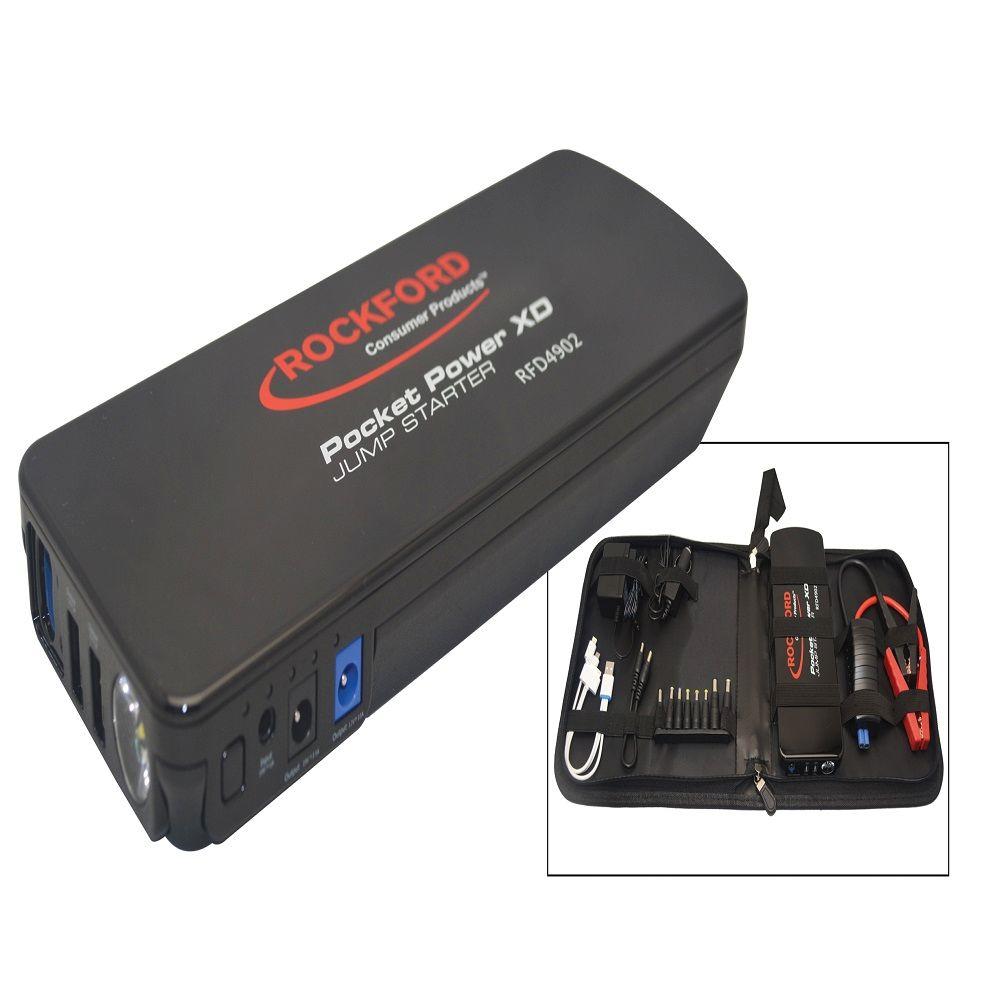
We definitely recommend buying a jump starter with emergency lights of some kind, especially considering the fact that they could end up saving your life. When a jump starter has emergency lights, you’ll be able to place it near your car to alert other drivers to the fact that you’re there.

That’s where emergency lights can come in. With low visibility and distracted drivers, you could easily find yourself in a dangerous spot. If you’re strapped for cash, a built-in compressor is something you can avoid, but if you have the money to spend on a device with an air compressor, we recommend doing so.īeing stuck on the side of the road at night is never a preferable situation. A built-in compressor may not matter when you’re jump-starting your car, but that doesn’t mean they can’t come in handy. For smaller vehicles, like most cars, a cable with at least an 8 gauge will be fine, though larger batteries might need a 6 or 4 gauge cable.Īn air compressor is what you’d use to pump up a car’s flat tire if it's been deflated. Thicker wire is better at delivering more power, which can be important if you’re trying to jump-start a vehicle with a bigger battery. Another differentiator is a cable’s wire gauge, which refers to the thickness of the wire inside. Don't think you need to go for extra-long cables, though- for most people, 15 feet will be perfectly fine. Generally, they range from around 10 to 35 feet. If you often drive in very cold conditions, check out our recommendation above.For instance, cables can have different lengths. While all of our recommended models have an operating temperature range that goes as low as -4 degrees F, it’s best to store the device at normal temperatures whenever possible. Jump starters can also have problems in very cold conditions, especially if both the jump starter and car battery are well below freezing. The only downside is you’ve got to be more careful about making the right connections, as described above. That’s why many models include a manual override mode (also called a bypass, boost or force-start mode), which bypasses all of the electrical safeguards and makes the process similar to using jumper cables. Otherwise, the jump starter won’t work in its normal way. All of the jump starter’s electrical safeguards require that the battery has a minimal charge of about 0.2 volts. Is the jump starter adequately charged? Are the battery terminals clean, without a coating of dirt, grease or the white powdery residue from a corroded terminal? Are the device’s clamps tightly secured on the terminals? Another common problem is that the car battery is too discharged for the device to recognize it. There are various reasons why any jump starter won’t be able to get your car’s engine running. Extra amps can also serve you well if you need to jump someone else’s vehicle. So, getting a jump starter with more capacity, which includes all of our other picks, gives you extra insurance for larger or older engines, diesels or for use in colder conditions. In normal conditions, most passenger vehicles with gas engines, including full-size SUVs and trucks, can be started with about 400 to 500 cranking amps, which even our value pick, the Weego 44s, delivers (along with 1700 peak amps). The peak amps for most jump starters range from about 500 to 2000, with some even going up to 4000 or 5000.

Unfortunately, many brands don’t provide that figure, so as a general guide you have to compare peak amps, which is a higher but less precise number. The higher the number, the more powerful the jump starter. In simple terms, this tells you how many amps the device can output over the short period of time needed to start an engine. The best gauge for determining which jump starter is right for your vehicle is its cranking or starting amps rating.

A jump starter’s packaging typically shows the maximum engine sizes that the device is capable of starting, although that’s under ideal conditions.


 0 kommentar(er)
0 kommentar(er)
